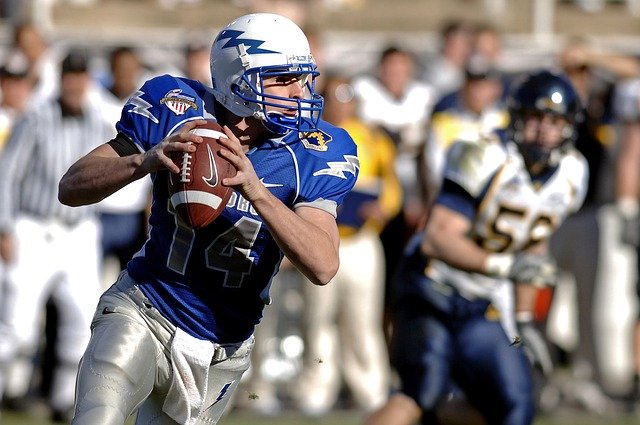
The NFL Draft is an annual event that brings the best young football players to the NFL. Teams have representatives at the draft who communicate their selections to each other by phone and write them on selection cards. When the selection cards are signed, they must be presented to a “runner” at a club table stationed during the draft. Once they are signed, these selections are not rescinded. The process of making the final roster is the same as the first round of the college football draft, but there are some key differences between the NFL Draft and the college football draft.
There are seven rounds in the NFL draft. Rounds one through three are held on Saturday, while rounds four through seven are held on Sunday. Each round contains about 32 picks, so each team receives one per round. Some teams have more than one pick per round, while others do not have a pick at all. The NFL can award additional picks if the team loses a restricted free agent. A draft can be stressful, but there are some things to keep in mind when you’re watching this event.
The first round of the 1983 NFL Draft had several notable moments. A few noteworthy picks were drafted by the Buccaneers, including John Elway, Jim Kelly, and Dan Marino. All three were Hall of Fame prospects. Several other top talents were also selected in the first round. These stars eventually became NFL stars. Another memorable moment occurred in 1982, when the Buccaneers selected Penn State guard Sean Farrell at No. 17 overall. Farrell was a high-profile prospect and later played 11 seasons in the NFL for four different teams.
The draft also contains a lot of surprises. Some teams trade up and down in the hopes of obtaining the player of their dreams. They trade up to three picks later in the draft and pick a player they feel will improve the team’s roster. Another team may trade down for a player during the trade period. In this case, the team must let the other team know what happened so that the draft can be altered.
After the pro-day and combine, coaches evaluate 20-25 players at each position. They then put together the final value board based on the best fit for the team. In addition to players in the final board, they should also consider the team’s trades made on Friday and evaluate them. If they didn’t make the right choice, the team could still have a winning pick. But there is a significant risk that a team can make a poor decision by drafting a player who isn’t in a position to help them.
There are many things to consider when evaluating a player in the NFL Draft. Regardless of his athleticism, defensive ability and overall performance, the NFL Draft isn’t a guarantee. But with the right approach and patience, the odds are in your favor. And if a team decides to draft someone as an overpriced flop, it may be worth it. If you’re not quite sure how much to risk on a player, remember that it’s not impossible.